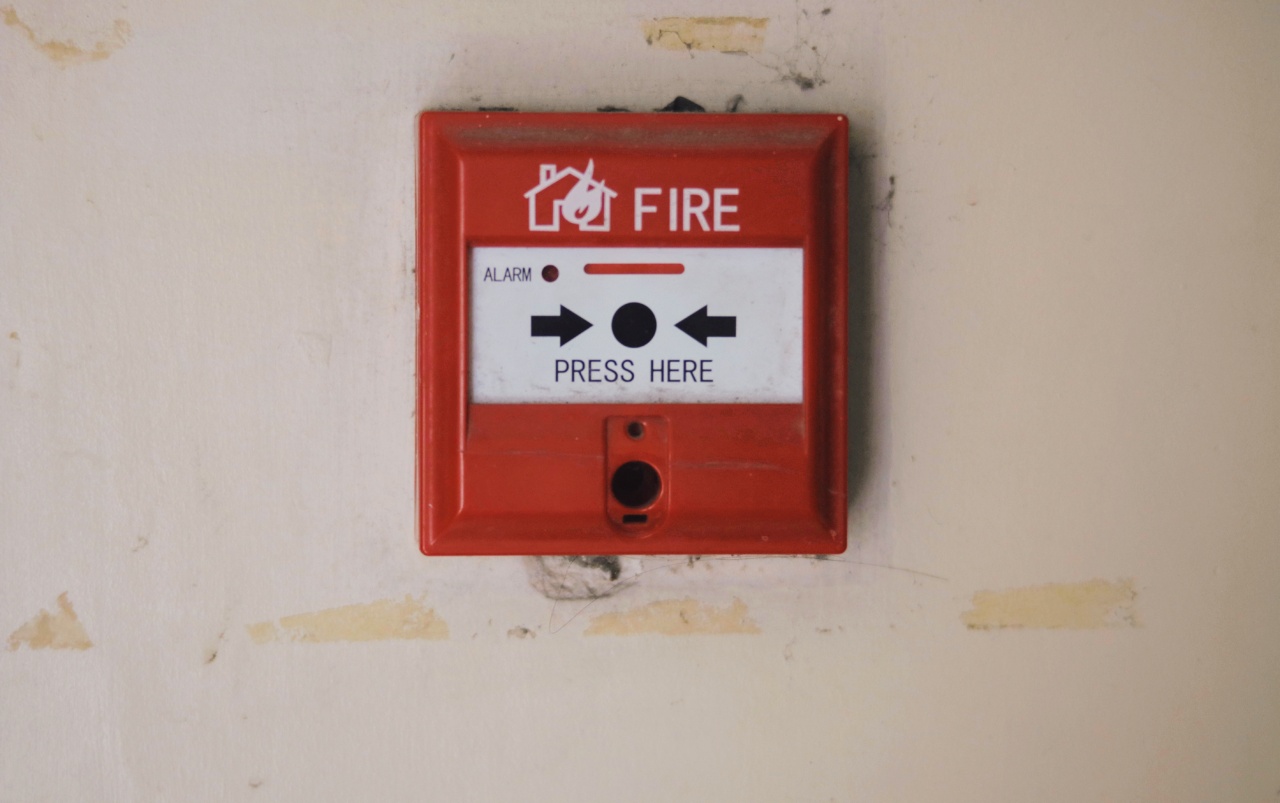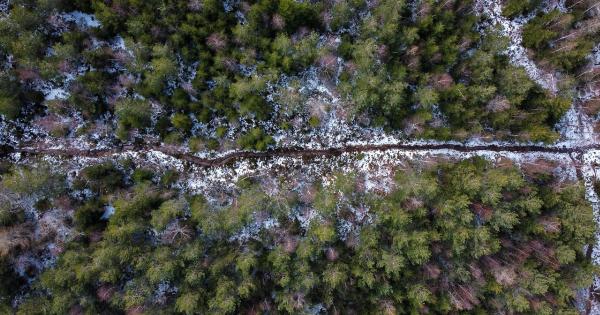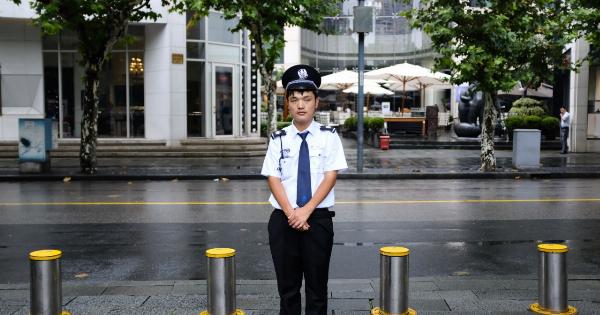Emergency wildlife rescue plays a crucial role in saving the lives of animals during intense fires. As wildfires become more frequent and intense due to climate change, the need for wildlife rescue efforts has increased.
These brave individuals work tirelessly to ensure that injured and displaced wildlife receive the care they need to survive and thrive. This article explores the importance of emergency wildlife rescue and the challenges faced by these dedicated professionals.
The Impact of Intense Fires on Wildlife
Intense fires can have devastating effects on wildlife populations. As flames engulf their habitats, many animals are left injured, disoriented, or unable to find food and shelter.
The smoke and ash produced by fires can also have long-lasting health impacts on wildlife, leading to respiratory problems and other ailments.
The Role of Emergency Wildlife Rescue Organizations
Emergency wildlife rescue organizations play a vital role in mitigating the impact of intense fires on wildlife.
These organizations are typically comprised of trained volunteers and professionals who specialize in rescuing and rehabilitating wild animals. When fires strike, they work tirelessly to locate and rescue injured or stranded animals.
The Challenges Faced by Emergency Wildlife Rescuers
Emergency wildlife rescue is not without its challenges. The unpredictable nature of wildfires often makes it dangerous for rescuers to enter affected areas.
The intensity of the fire and the risk of falling trees or collapsing structures add to the already hazardous conditions. Rescuers must also deal with limited resources and funding, which can hinder their efforts to provide adequate care for rescued animals.
Rescue Techniques and Protocols
Emergency wildlife rescuers employ various techniques and protocols to ensure the safety and well-being of both the animals and themselves.
These include setting up temporary shelters, providing first aid to injured animals, and transporting them to specialized facilities for further care. The rescuers also make efforts to reunite displaced animals with their families or, if necessary, find suitable habitats where they can thrive.
The Role of Rehabilitation Centers in Wildlife Rescue
Rehabilitation centers play a crucial role in the overall process of wildlife rescue. These facilities provide the necessary care, medical treatment, and rehabilitation programs to injured or traumatized animals.
They have specialized staff and equipment to address the unique needs of different species, ensuring that each animal receives the best possible chance at recovery and eventual release back into the wild.
The Emotional Toll on Rescuers
Emergency wildlife rescuers often face emotional challenges while carrying out their crucial work. Witnessing the distress and suffering of animals affected by intense fires can take a significant toll on their mental well-being.
However, support systems and counseling services are available to help these brave individuals cope with the emotional challenges associated with their work.
Collaboration with Firefighters and Other Agencies
Effective emergency wildlife rescue requires close collaboration between different agencies and organizations involved in fire response.
Wildlife rescue teams work closely with firefighters, police departments, and other emergency services to coordinate efforts and ensure the safety of rescuers and the animals they work with. This collaboration is essential for successful and efficient rescue operations.
The Importance of Public Awareness and Support
Public awareness and support are crucial for the success of emergency wildlife rescue efforts.
By educating the public about the impact of intense fires on wildlife and the importance of rescue and rehabilitation, these organizations can garner support and resources. Donations, volunteer assistance, and public advocacy all contribute to the overall effectiveness of emergency wildlife rescue.
Conclusion
Emergency wildlife rescue plays a vital role in saving the lives of animals during intense fires. The dedicated efforts of these rescuers help mitigate the devastating impacts of wildfires on wildlife populations.
Through collaboration, public support, and specialized rehabilitation programs, injured and displaced animals can receive the care they need to recover and thrive once more in their natural habitats.






























